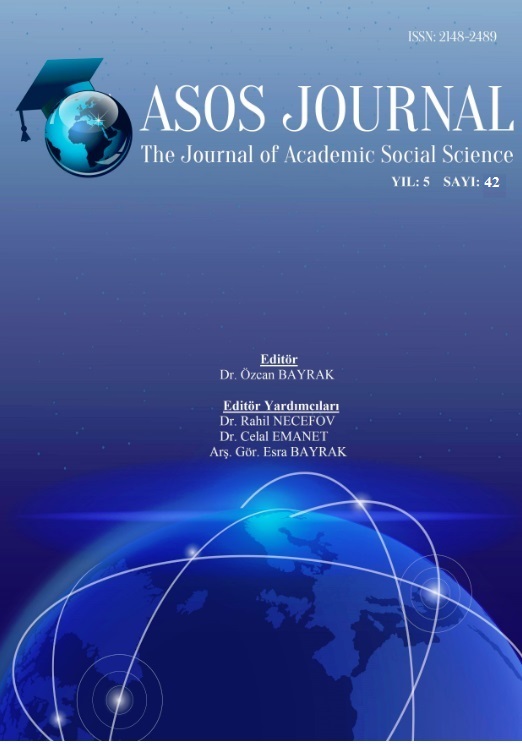Author :
Abstract
Kümelenme ve kümelenme konsepti ilk defa Michael Porter tarafından 1990 da tavsiye edildiğinden beri bütün dünyada çok hızlı bir şekilde devletler, danışmanlar, ve akademisyenler tarafından ilgi odağı oldu. Porter kümeleri bağımlı işletmelerin, uzmanlaşmış tedarikçilerin, servis sağlayıcıların ve ilgili kurumların belirli bir coğrafyada yoğunlaşmaları olarak tanımlamıştır. Birçok farklı ülkede yer alan devlet ve sanayi işletmeleri yerel ve bölgesel gelişme için bu kavrama yöneldiler. Sonuçta 1990 dan itibaren bir çok kümelenme insiyatifi ortaya çıktı ve çıkmaya devam ediyor (Regional futures research report, 2004: 4; wikipedia.org) ve gelecekte de devam edecek gibi görünüyor. Ulusların ve bölge ekonomilerinin rekabetinde mevcut kümelerin yakın bir ilişkisi vardır. Akgungor (2004:70) kümelenmenin arkasındaki fikri şu şekilde açıklamıştır: rekabet avantajı firmaların sınırları dışında yer almakta, diğer firmalarla karşılıklı etkileşimi, teknoloji, yenilik tarsferi, yetenek ve bilgi akışı yoluyla olmaktadır. Bu çalışmada araştırmacı dünyada dikkat çekici kümelenme örneklerini bir araya getirmiştir. Böylelikle kümelenmenin ekonomik kalkınma için ne denli önemli olduğuna vurgu yapmıştır.
Keywords
Abstract
The clusters and clustering concept has rapidly attracted governments, consultants, and academics’ attention around the world since it was first suggested in 1990 by Michael Porter. He describes business clusters as “geographic concentrations of interconnected companies, specialized suppliers, service providers, and associated institutions in a particular field that are present in a nation or region”. Many governments and industry organizations from different countries have recently turned to clustering as a means to stimulate their urban and regional economic growth. Consequently, a large number of cluster initiative organizations were started during the 1990s, and the trend continues (Regional futures research report, 2004: 4; wikipedia.org) and it seems that this trend will continue in the future. There is a close relationship between competitiveness of a nation or region’s economy and existing clusters in this region. Akgüngör (2004:70) explains the implicit idea behind the clustering as such: “competitive advantage lies outside the boundaries of firms and that interactions across the firms and institutions affect the region’s economic performance through diffusion of technology, transfer of innovation, skills and knowledge”. In this paper, the researcher accumulates some significant examples of clusters in the world. So that he highlighted the importance of clustering as a new pragmatic approach to economic development.





